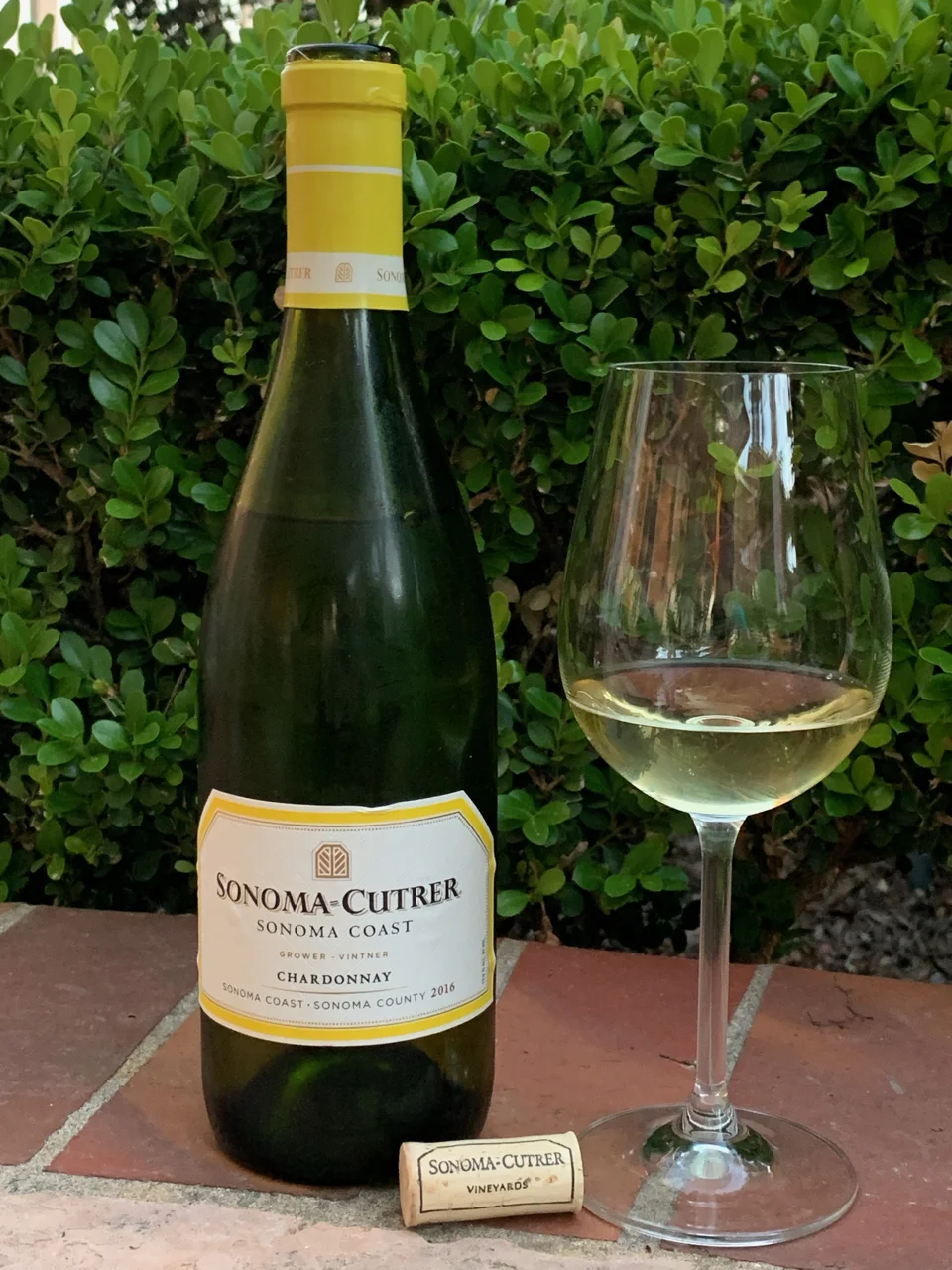There is a process used by some restaurant wine servers and Sommeliers that, at first might seem a bit odd or even a bit pretentious. When you order a bottle of wine, they first pour a small amount of the wine in your glass. They’ll swirl it around inside the glass. Then, they’ll dump it! And, your first reaction may be “Hey! That’s my wine you’re dumping out!” But, there’s an explanation.
As you’ve probably guessed, this process is called ‘Priming’ or ‘Seasoning’ the wine glass. And, it’s done for a couple of reasons.
First, this may be done to ensure there are no other residual undesirable “aromas” in your wine glass. These could include odors of dish washing detergent, musty cabinets, cardboard boxes or wooden cabinets. Not the kind of aromas that your server wants you to experience with your first sip.
A second reason this may be done is simply to enhance the wine’s aroma, even in a perfectly clean and odor-free glass. This process of swirling the wine and dumping it coats the entire inside of the wine glass with the wine and fills the bowl with the wine’s aroma.
Both of these reasons for priming or seasoning your wine glass ensure that you get the optimal wine experience right from the start.
So, if you experience this process being used on the bottle of wine that you’ve ordered, don’t fret. You’re going to have a great wine experience. Cheers!




